Do you want to feed your ambition and enjoy your free time?
We do.
Open positions
Didn't find the job you're looking for? No problem! Send us an open application, and we'll see if you're a good match for any current or upcoming roles.
Freelancers – we have exciting opportunities for you too! Explore our co-working and project collaboration options here.
Vincit’s terms of employment
Because extraordinary things are created together, we’ve introduced our own employment terms to ensure better conditions for our employees.
Our promise to You
.jpg)
Room for individuality and diversity
At Vincit, everyone is equal. Our growing diversity adds new perspectives – which is important for us. We’re united by a passion for our work and the desire to be a pioneer.
.jpg)
Freedom and responsibility
Everything we do is based on trust. You get a lot of freedom – and the responsibilities and opportunities to shape your (work)life according to your personal needs.
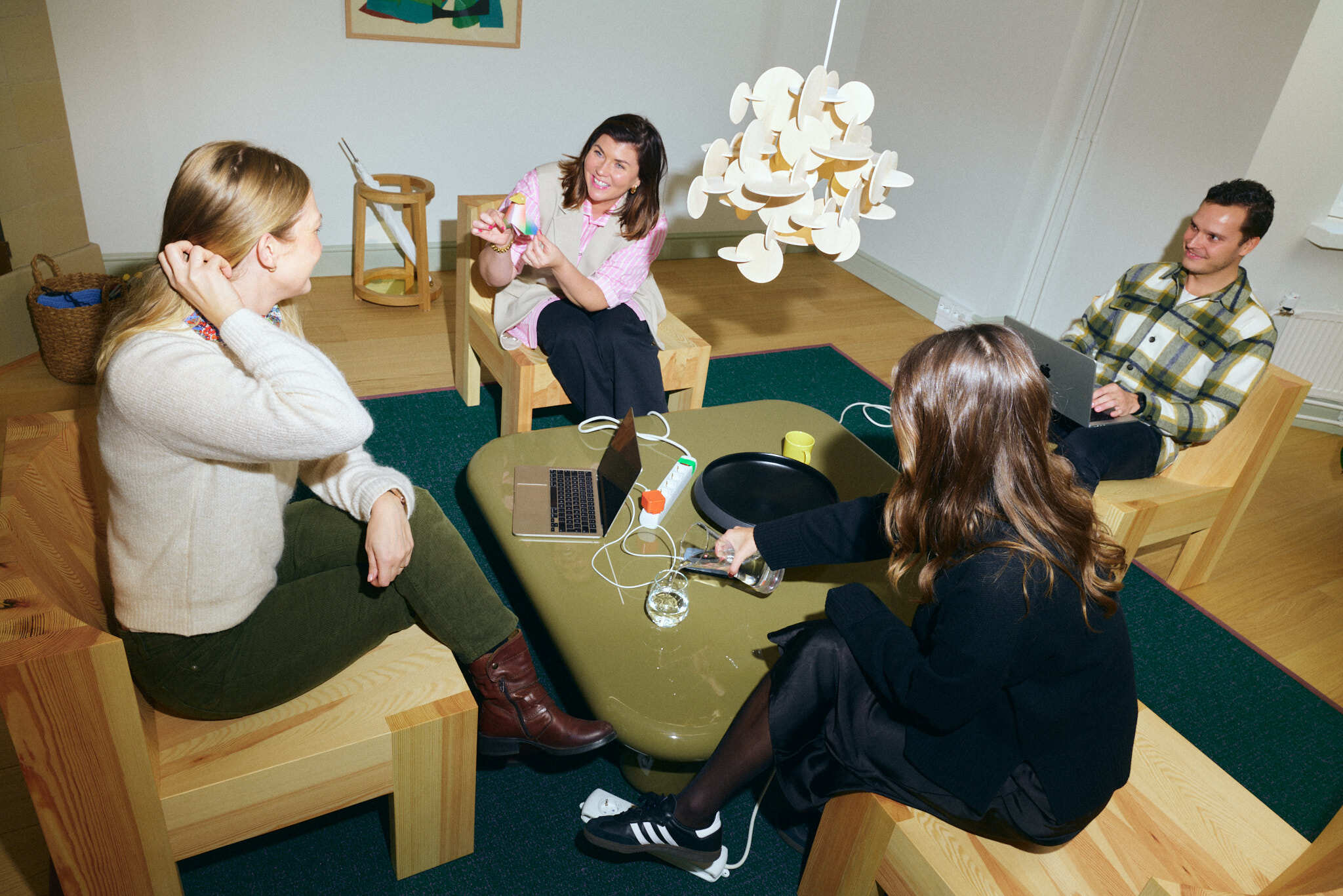
Community and teamwork
Our communities are the heart of Vincit. We promise a humane worklife with the support that only a big organization can offer. A true win-win situation!
.jpg)
Professional excellence
We produce amazing digital experiences for our customers in Europe and the US – and we want to be the ones leading the way. We want to make sure Vincitizens stay ahead of the game and have every opportunity to develop their skill sets.
Our purpose
We believe that technology is key to finding answers to the global challenges of our time. We want to play a major role in accelerating the transformation toward a more sustainable future with our customers.
Career Stories

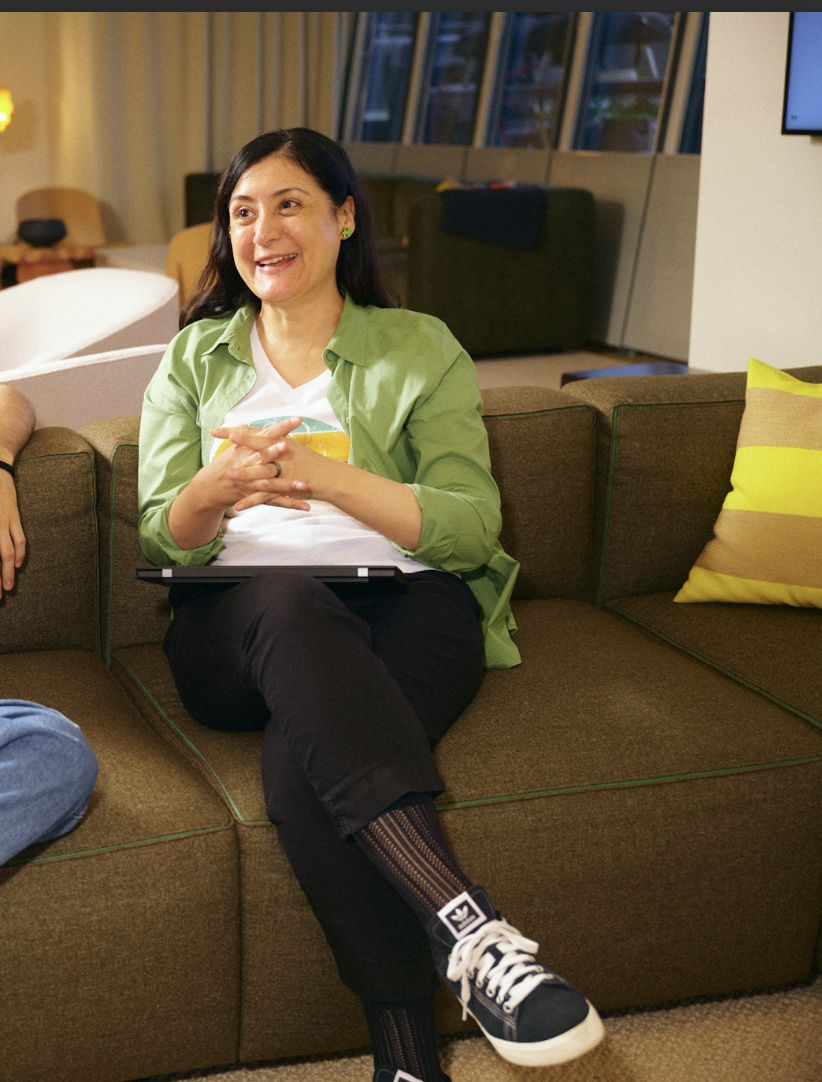
Ebru Andersson – committed to continuous learning
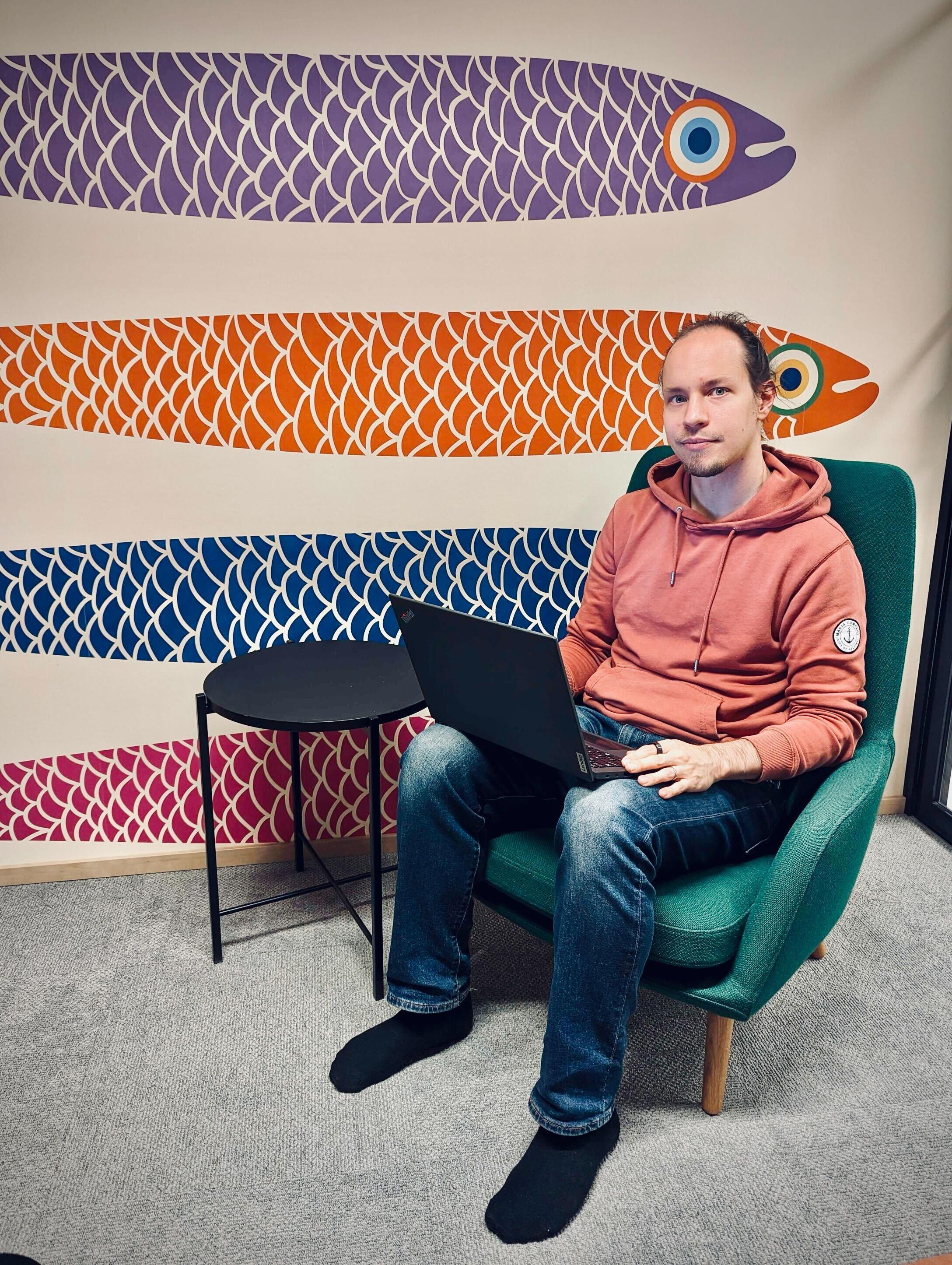
Mikko Karttunen – taking the next career step

Mari Jokiranta - helping to shape what it means to work at Vincit
.jpg)
Bhavesh Ratnam – working together to achieve new heights

Amanda Goman – building relationships with key stakeholders
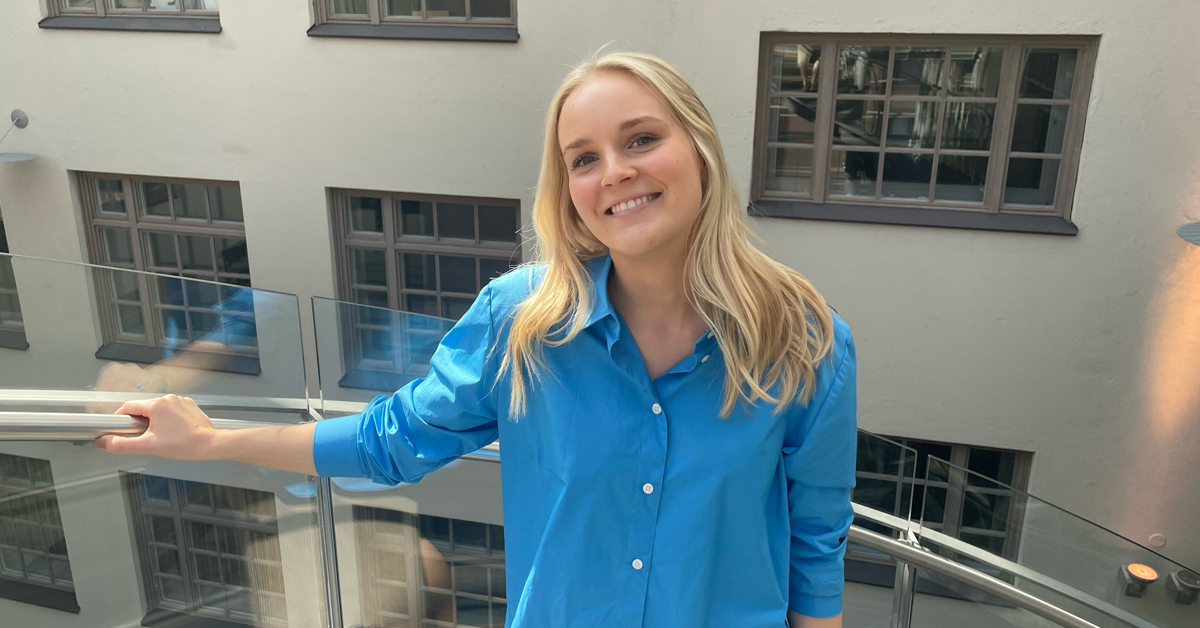
Marianne Cairenius: Turning data into business insights

Heini Karjala: Happiness as center of gravity
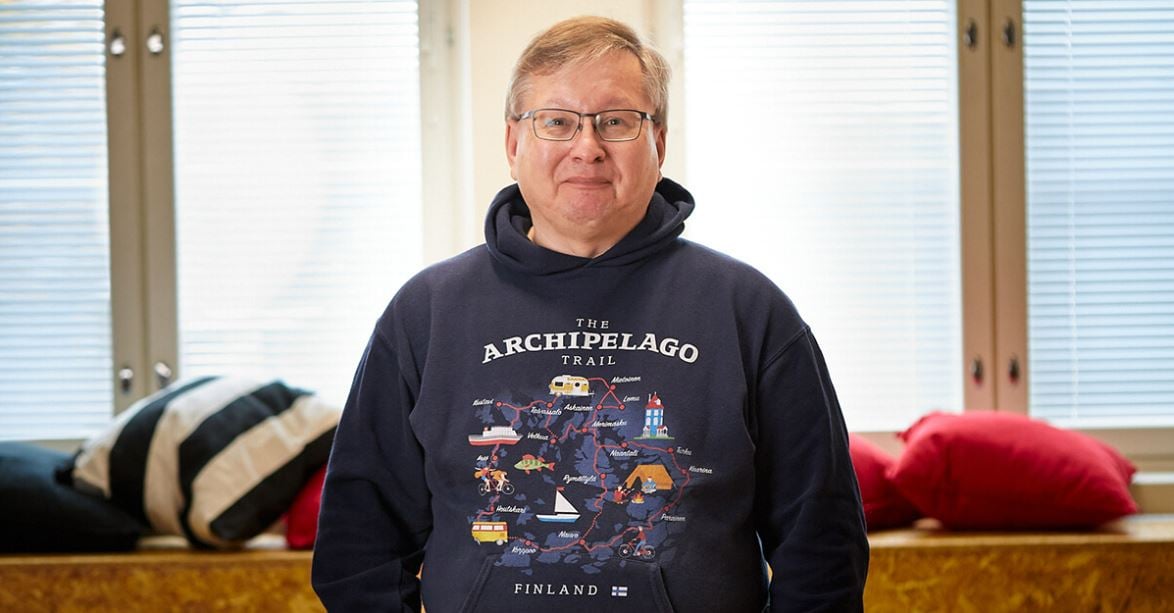
Career story, Petri Lahti: Keeping the world revolving
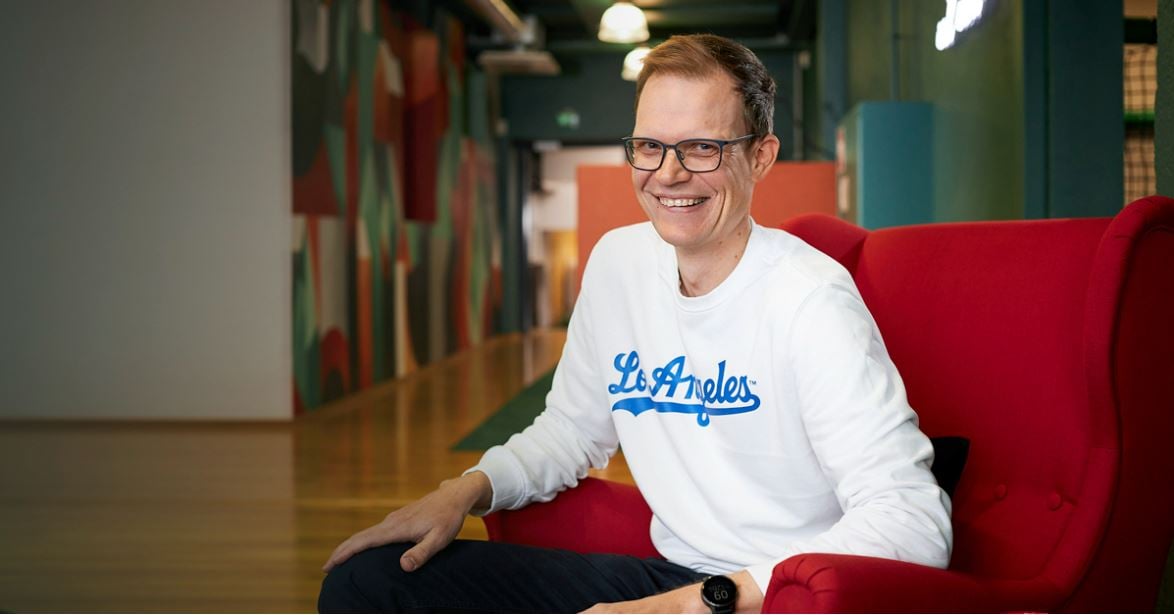
Software Development
Career story, Pauli Aho: Feet on the ground, head in the clouds
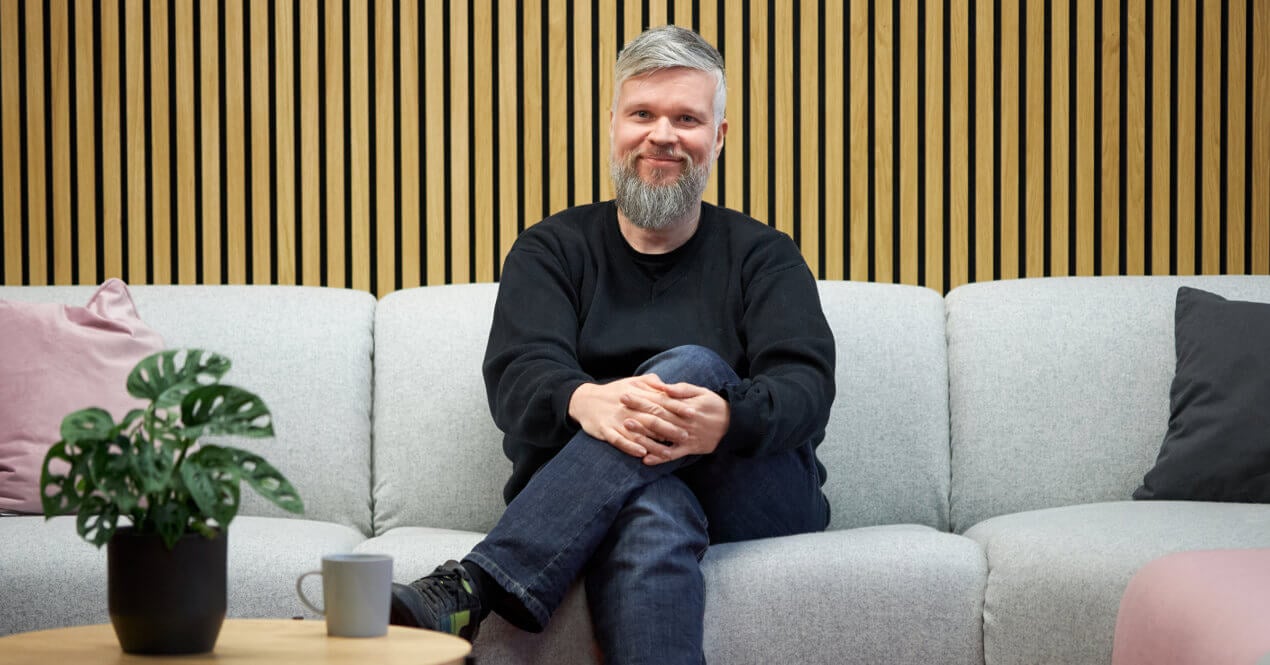
Career story, Hannu Fonselius: A love for C64 led to a career in system architecture
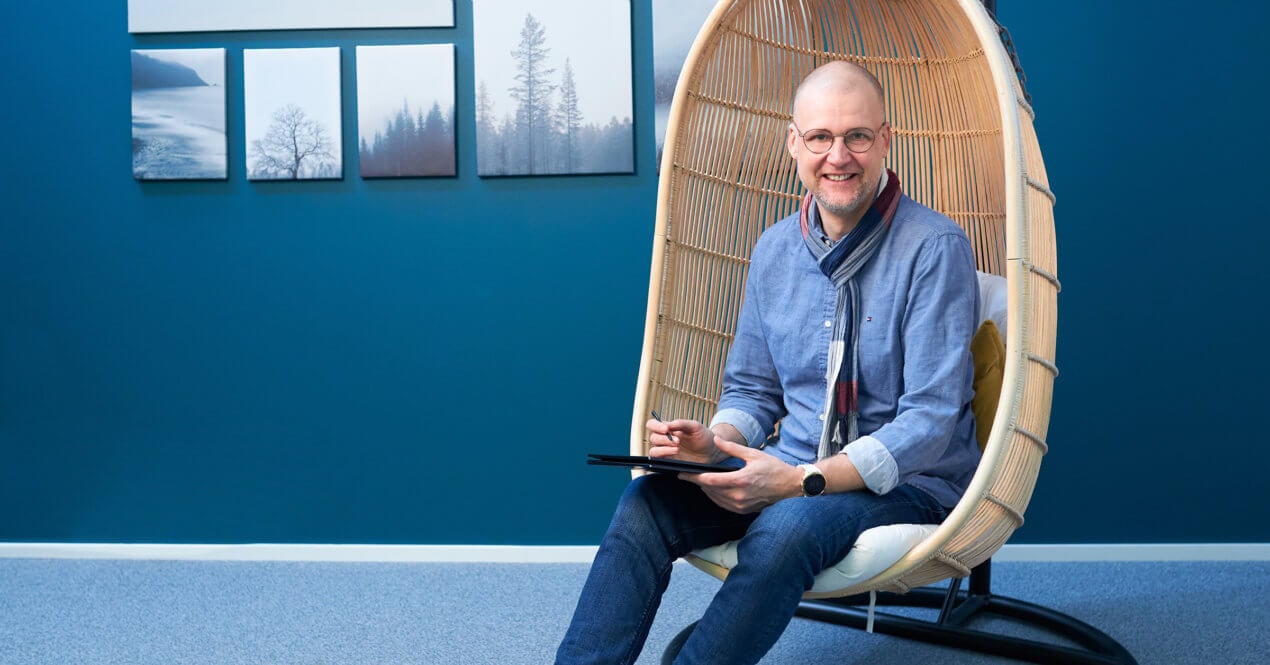
Career story, Kimmo Nahkamäki: Putting your team and clients first
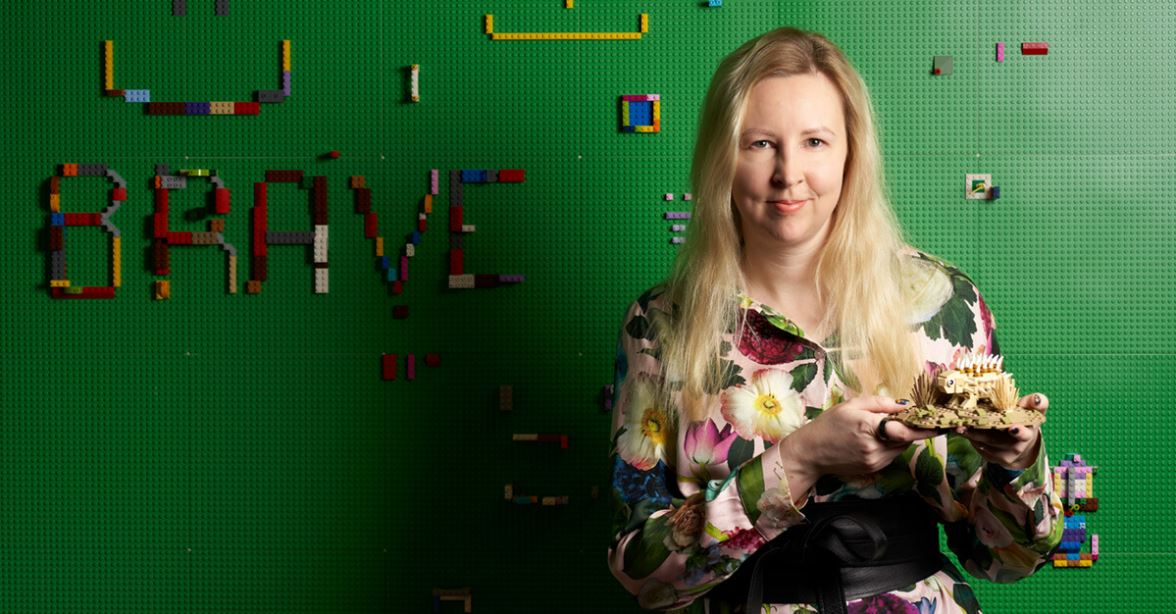
Software Development
Saija Saarenpää: A broad skill set as a gateway to success
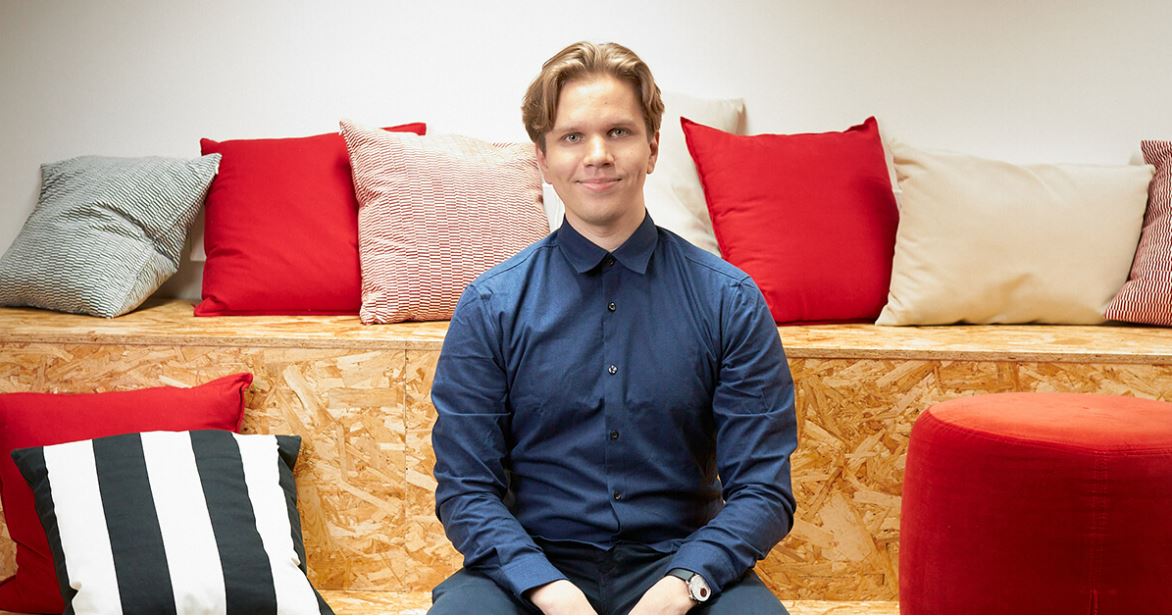
Software Development
Career story, Johannes Martikkala: Community drives personal development
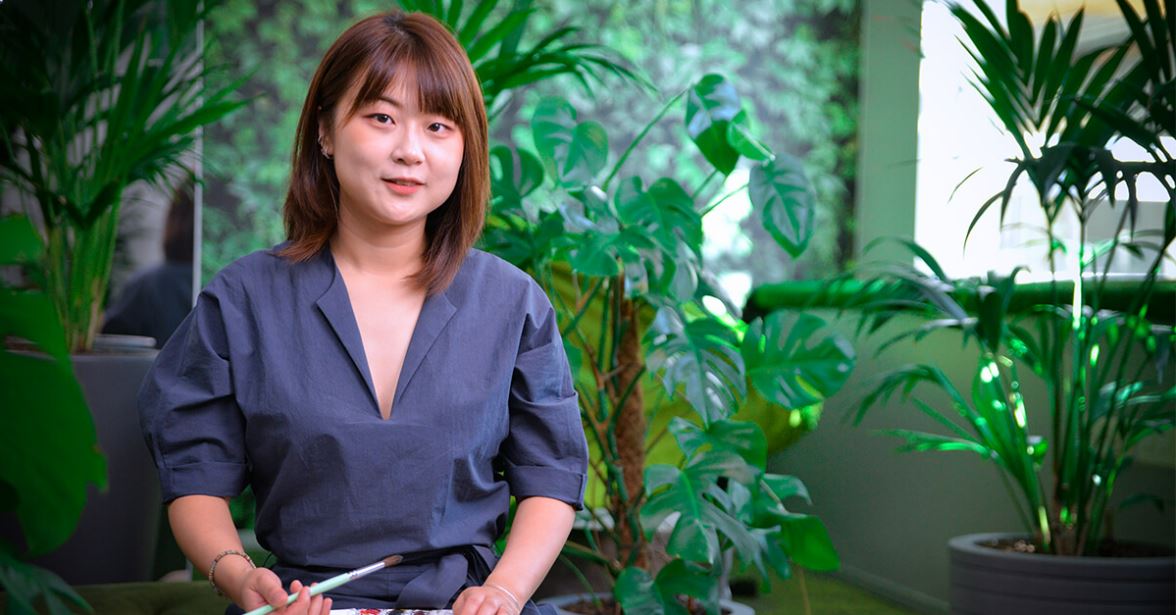
Software Development
Career story, Shi Zhen: Starting a New Job amidst a global pandemic
Reasons to choose Vincit
-
Diverse tasks
At Vincit, you'll get to work alongside skilled experts and with customers that include everything from small start-ups to multinational giants. That means there are always exciting new opportunities at work – take a look at our references to find out more.
-
More than generous employee benefits
Our benefits include performance bonuses, a personnel fund, lunch benefit, free snacks and drinks, healthcare and dental care services, extensive insurance, childcare services, and high-quality work equipment and phones – just to name a few.
-
Room to grow
We support skills development and encourage employees to take whatever career steps feel exciting. You can also mentor others on their career path. We've set up our own competence development program called Univincity, which helps ensure the individual development of each Vincitizen. If you’re at a junior level and still want to join, check out our Rising Star trainee program.
-
Award-winning workplace
Thanks to our humane approach to work-life, we’re one of the best workplaces according to the Great Place to Work research institute. In Finland, we’ve won the title four times already – as recently as 2022.
Related insights
.jpg)
People & Culture
Our candidate-friendly recruitment process at Vincit
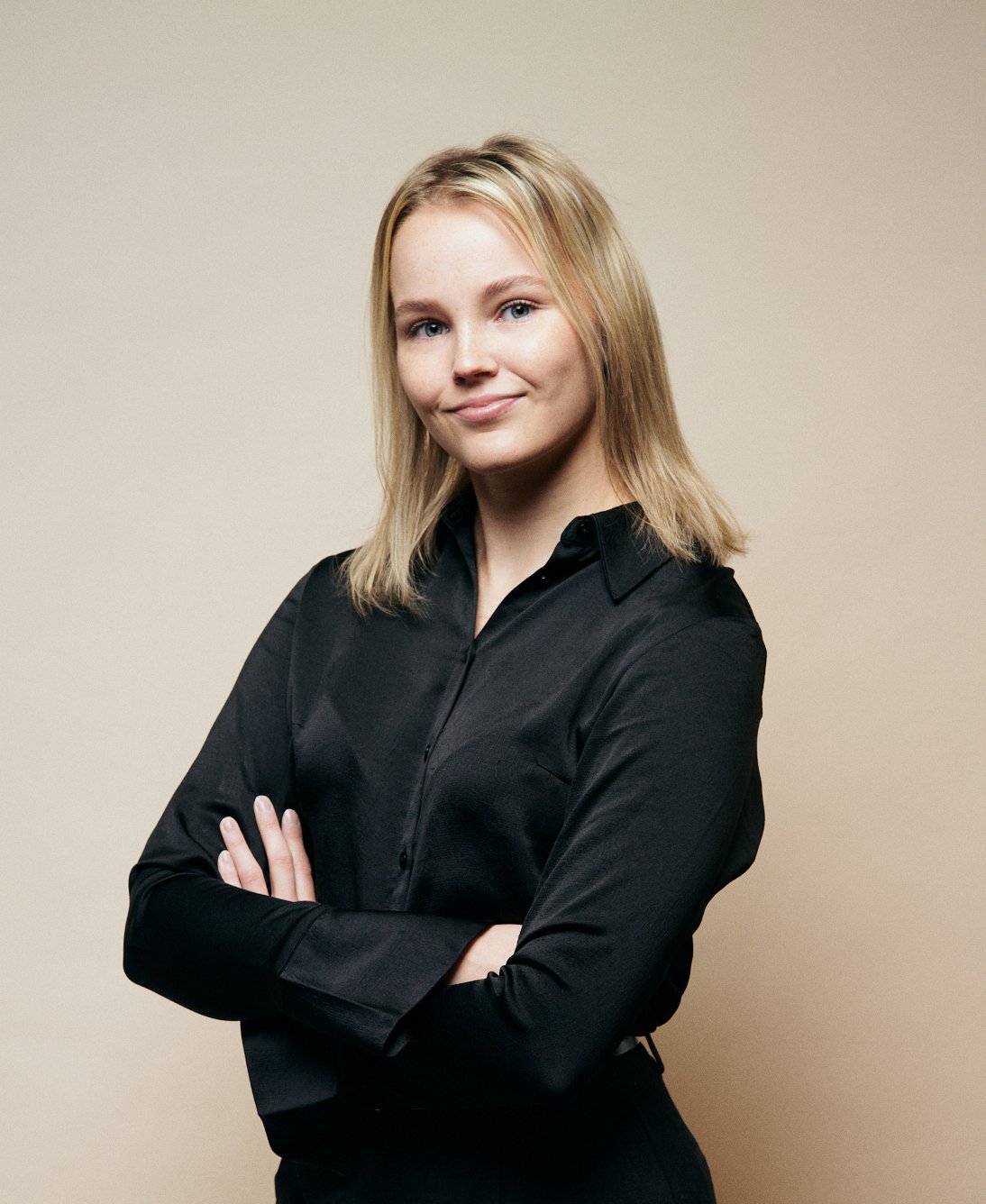
People & Culture
What makes Vincit stand out? My thoughts after 1 year of working in-house

Artificial Intelligence
People & Culture
Being human in the age of AI: A guide to thriving in the modern workplace

Artificial Intelligence
People & Culture
A conversation on being human in the age of AI
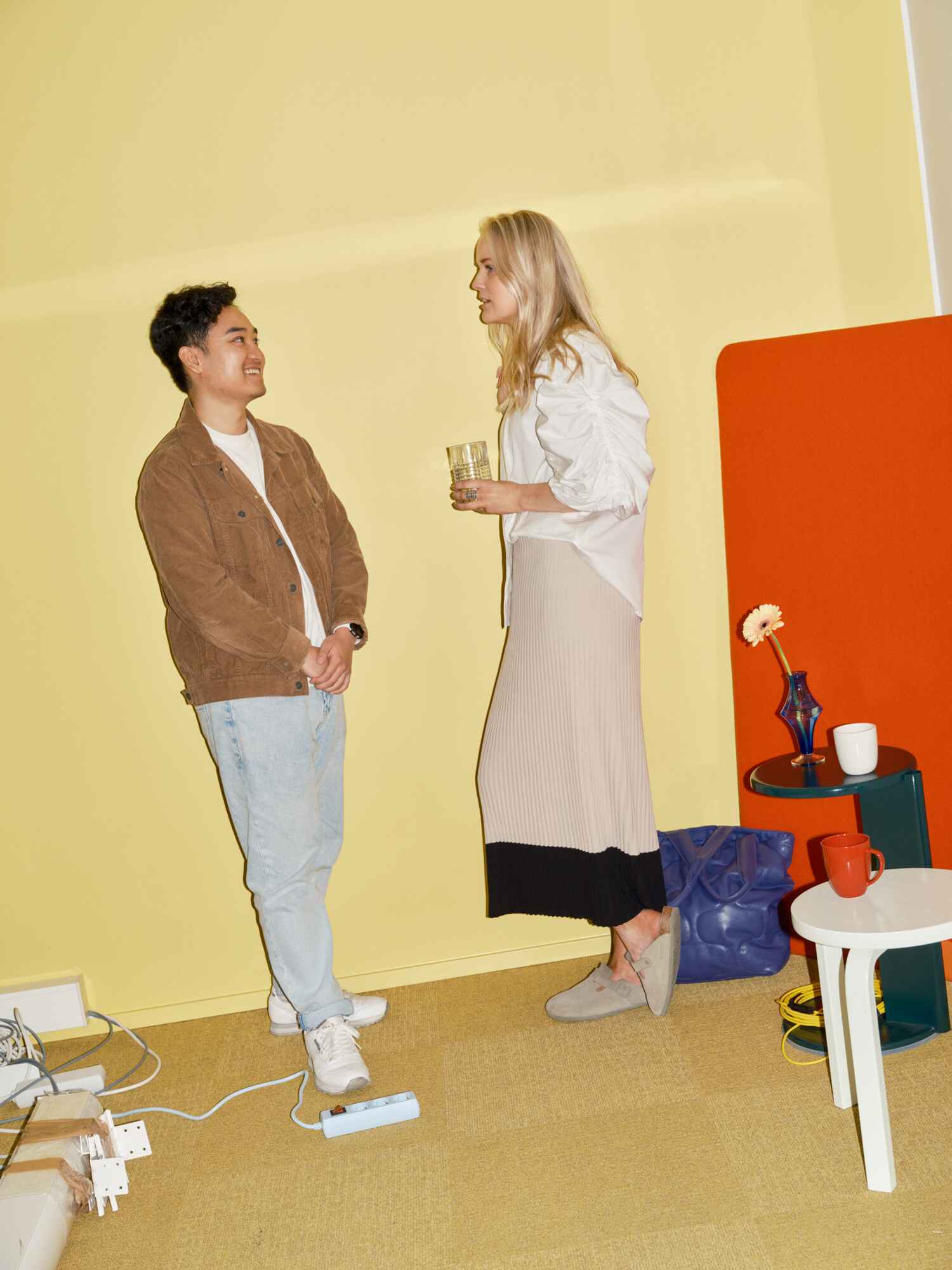
People & Culture
The necessary shift to an English-speaking workplace

People & Culture
The fun-loving bunch at Vincit
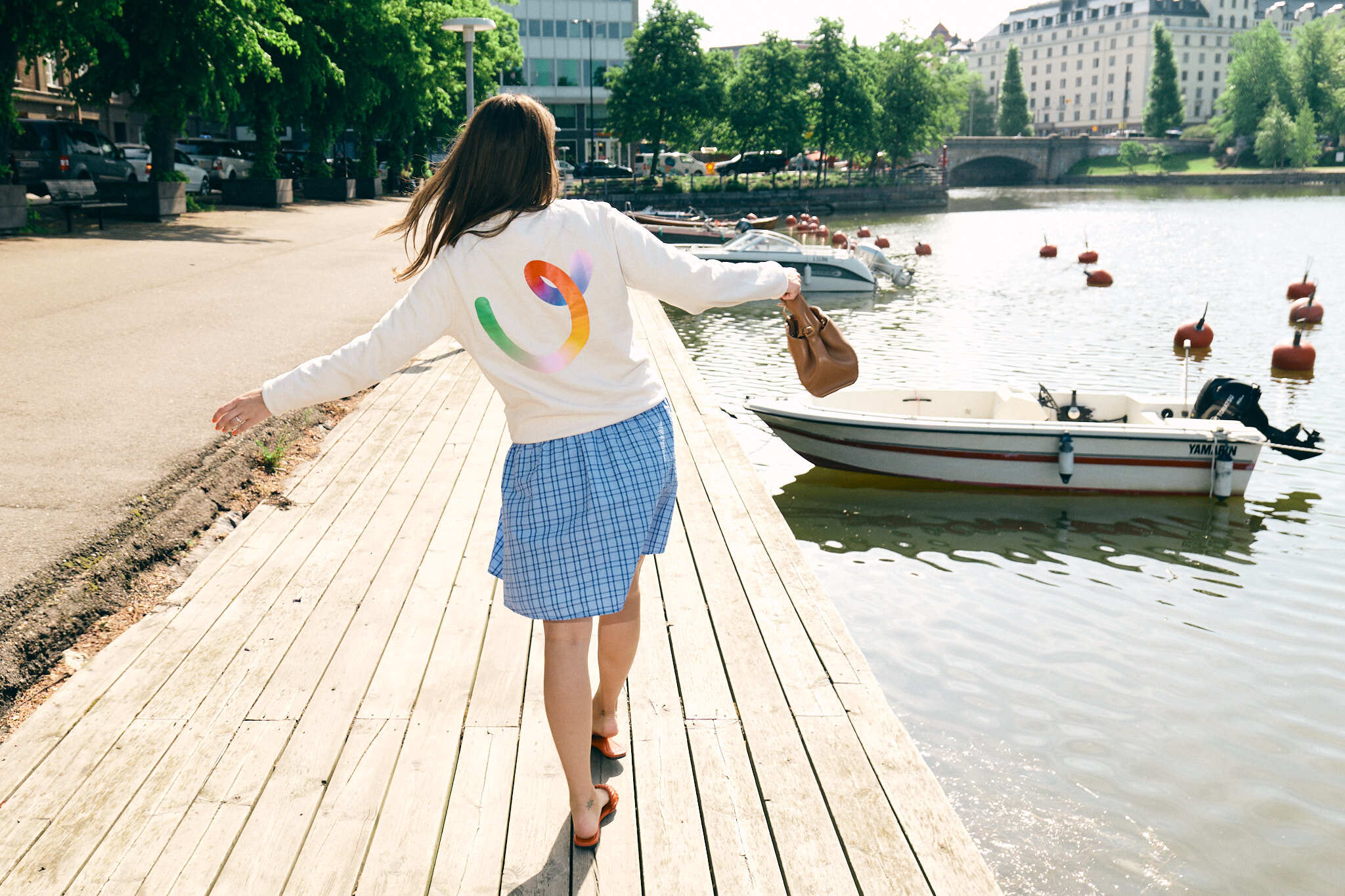
People & Culture
Better Mondays
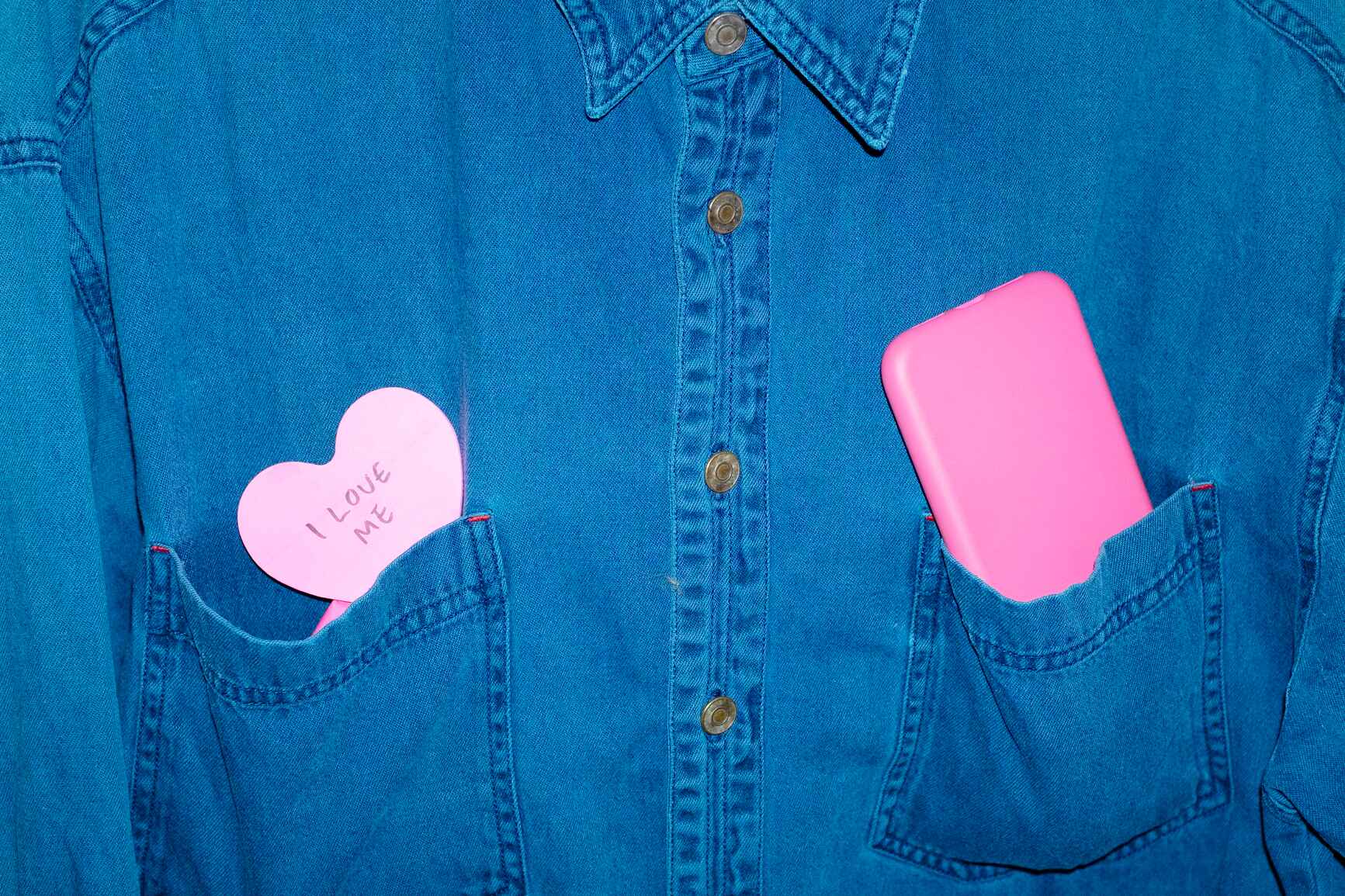
People & Culture
The first steps to being a better ally in the workplace

People & Culture
Creating the best place to grow – Univincity 2.0
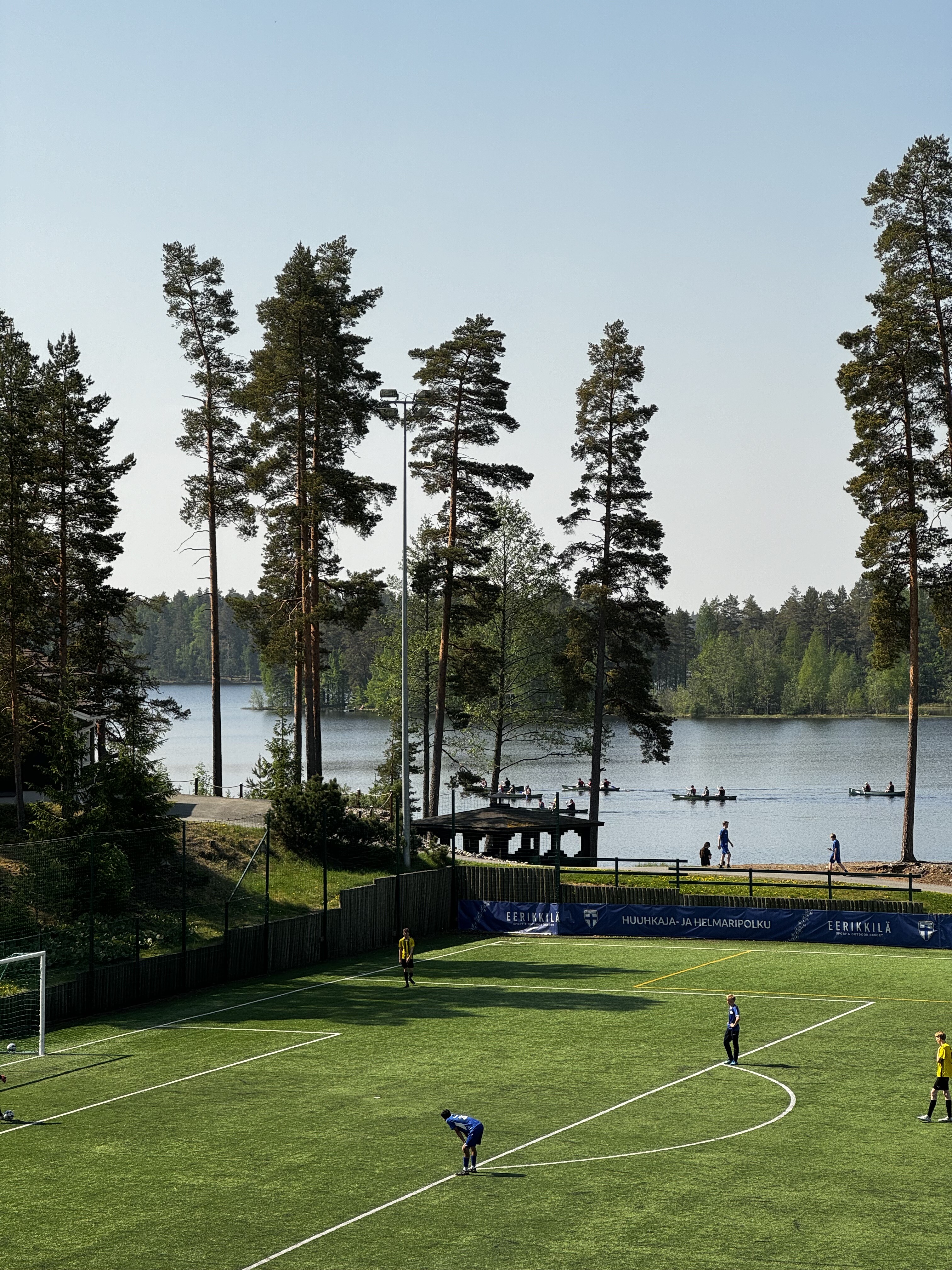
People & Culture
Vincit Communities - Vivid Microcultures
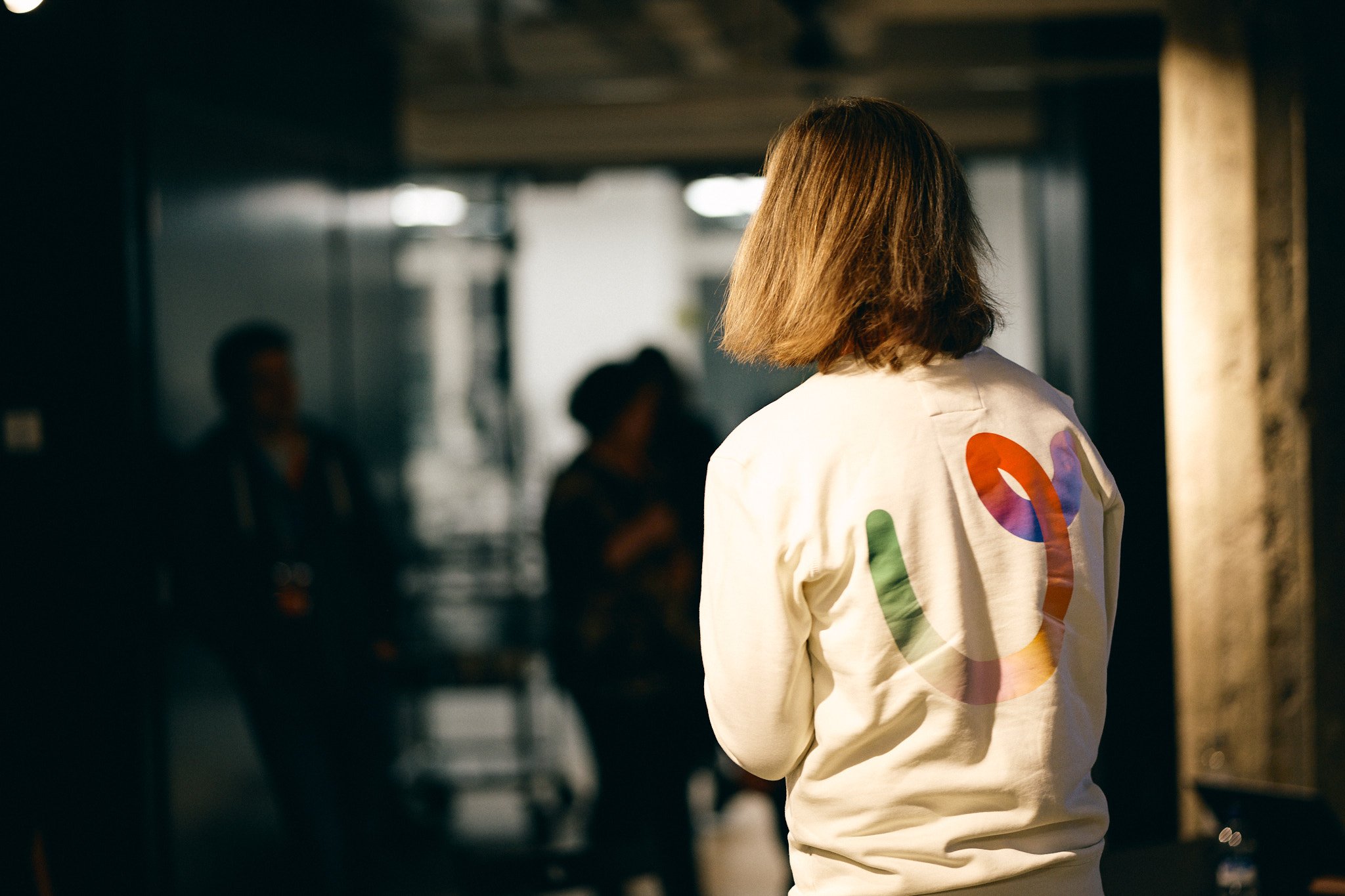
People & Culture
What does humane leadership mean in practice at Vincit?
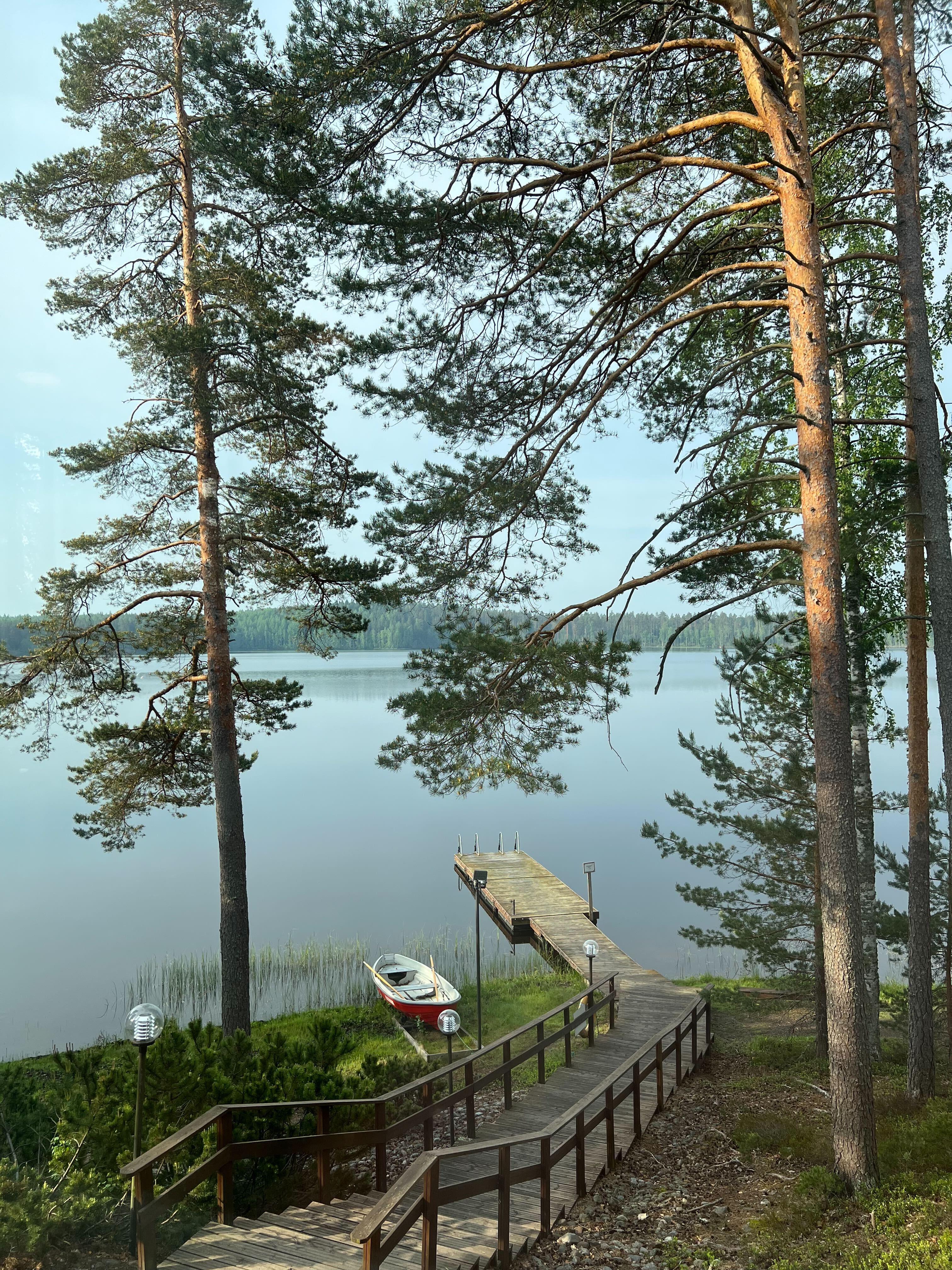
People & Culture
Vincit Feel Good Camp – a journey into the unknown
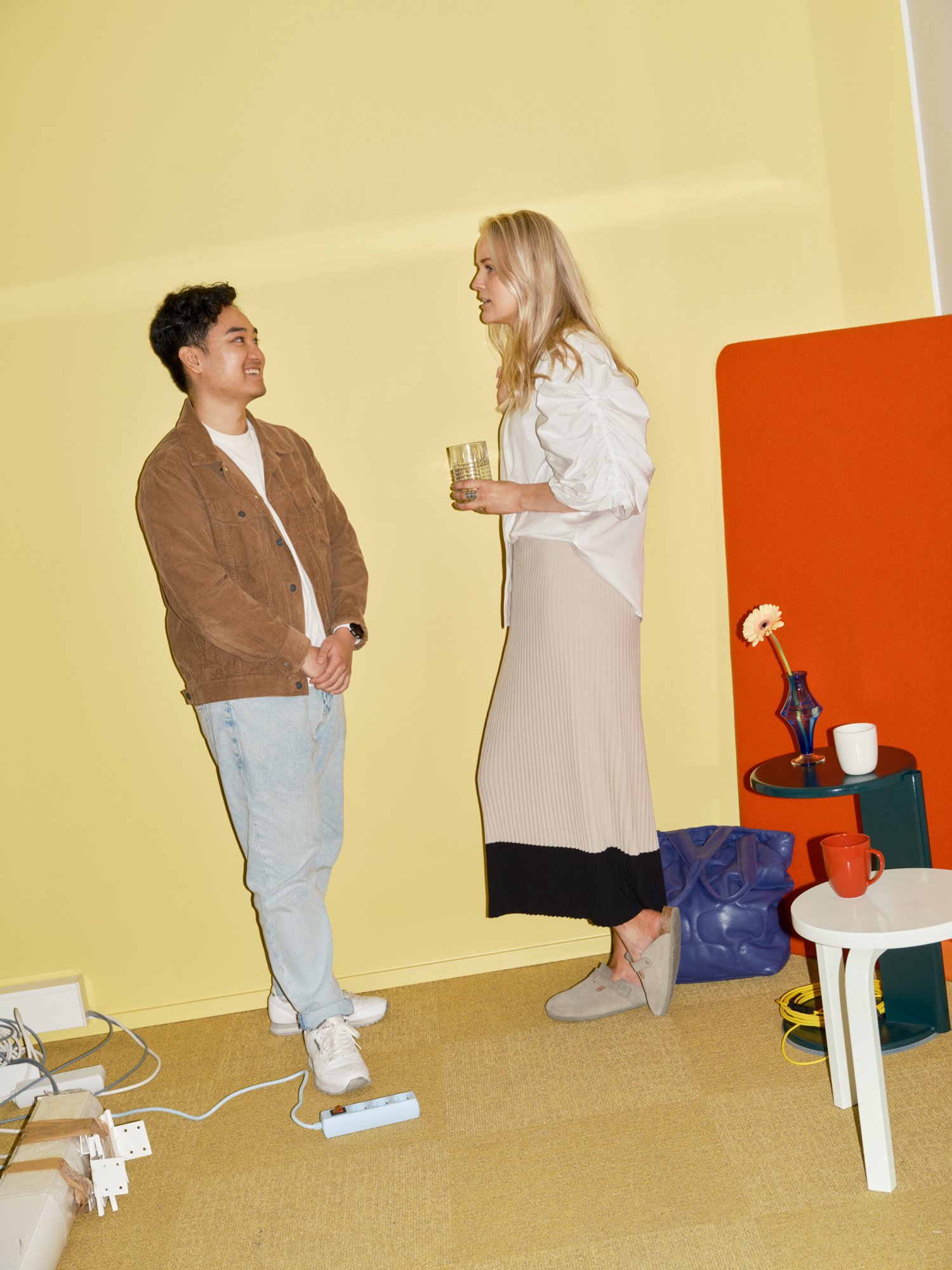
People & Culture
Extraordinary things are created together – what we mean by Vincit’s new value
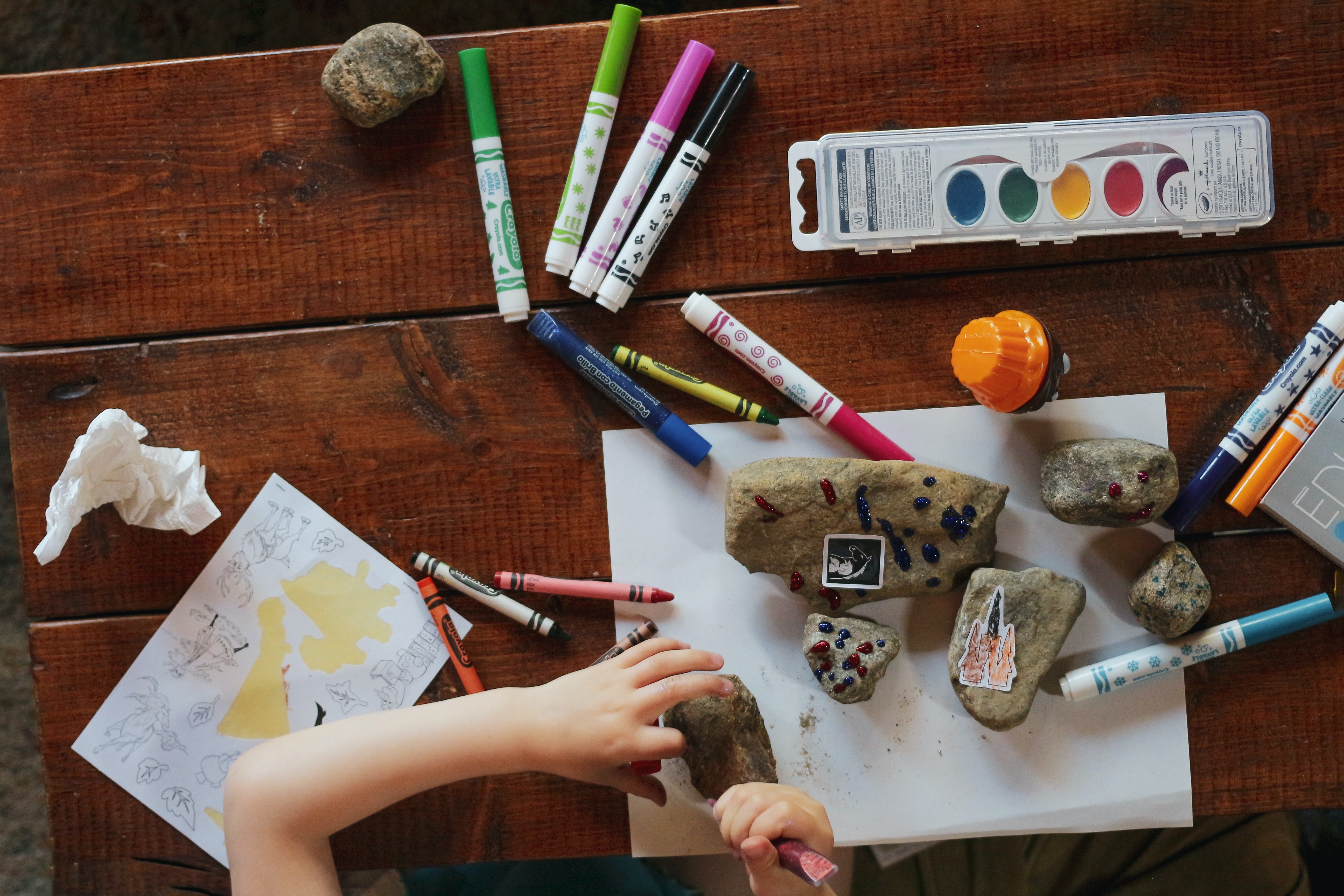
People & Culture
Ensuring parents’ peace of mind with a summer club for kids
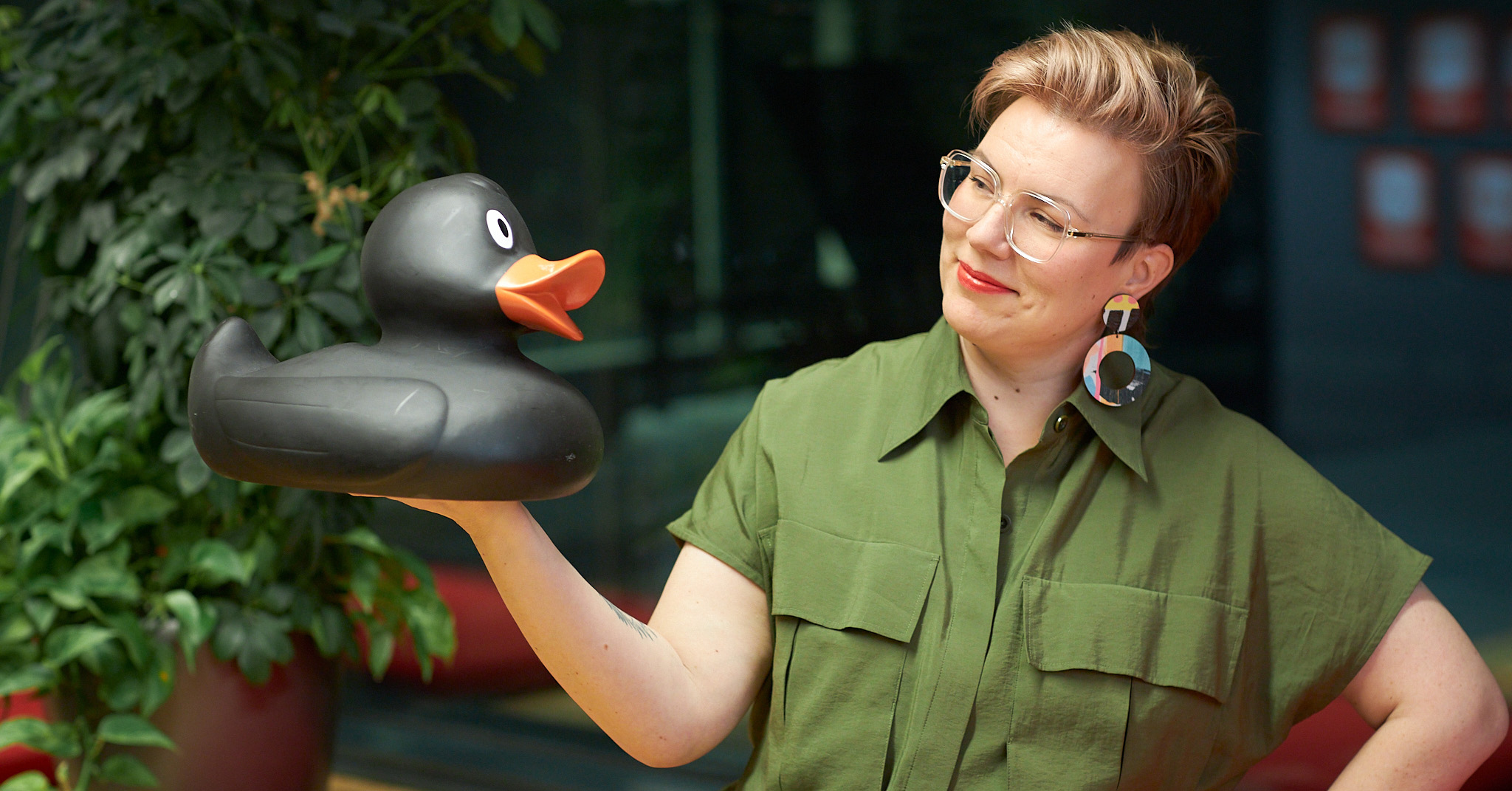
People & Culture
Five tips for improving diversity at work

People & Culture
Leadership in a Time of Unprecedented Change
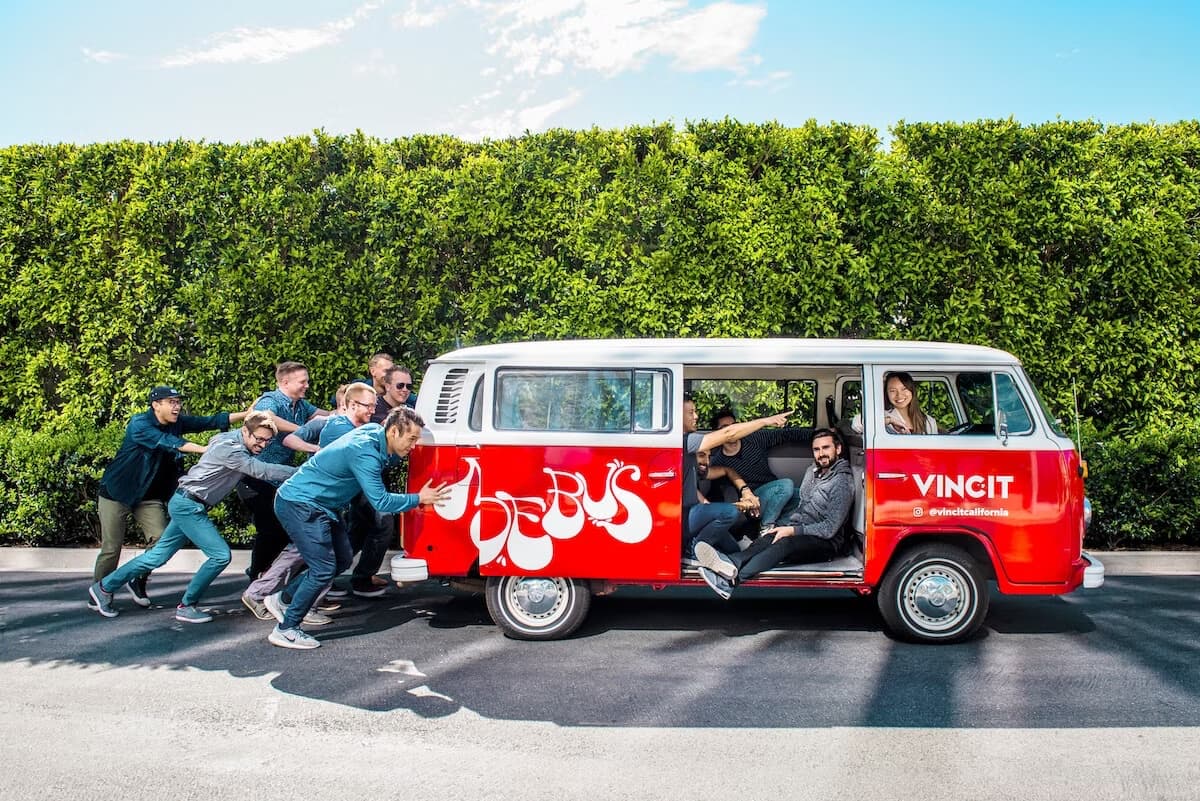
People & Culture
5 Ways to Keep Employees Motivated
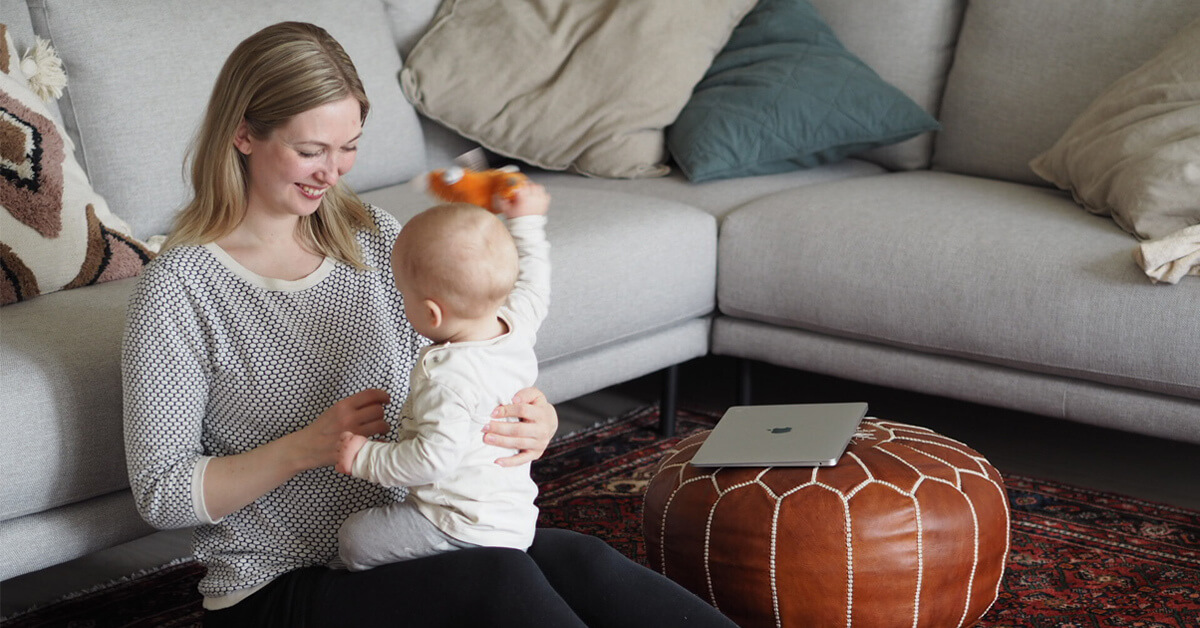
People & Culture
Thoughts from a mom with two little ones – Flexibility and meaningfulness of work
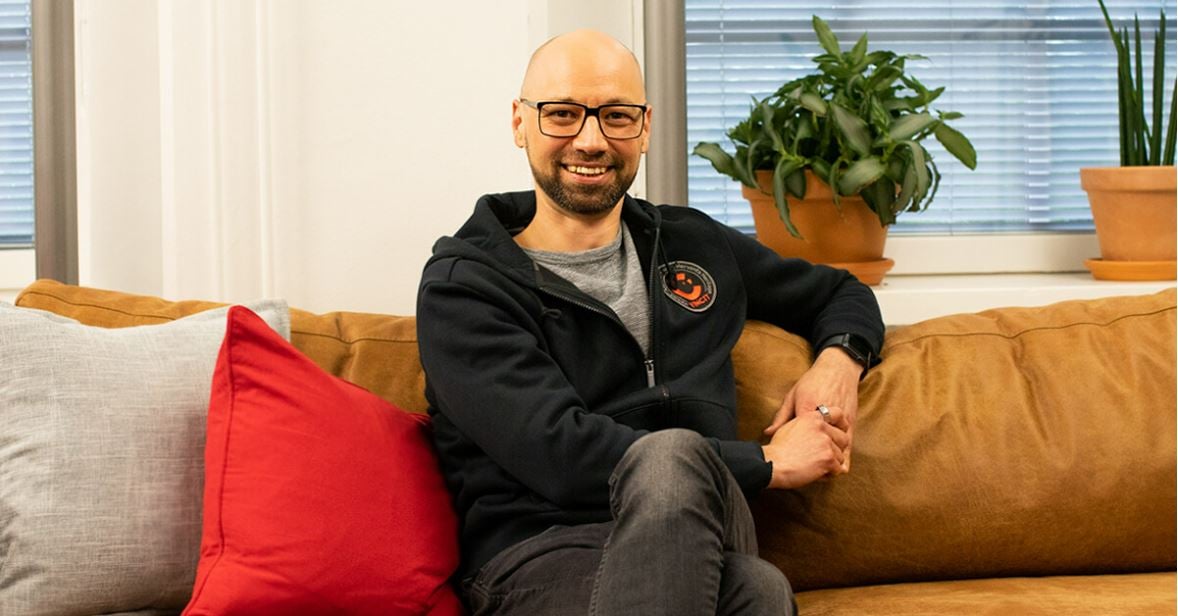
People & Culture
Promoting a culture where everyone feels welcome and appreciated as themselves
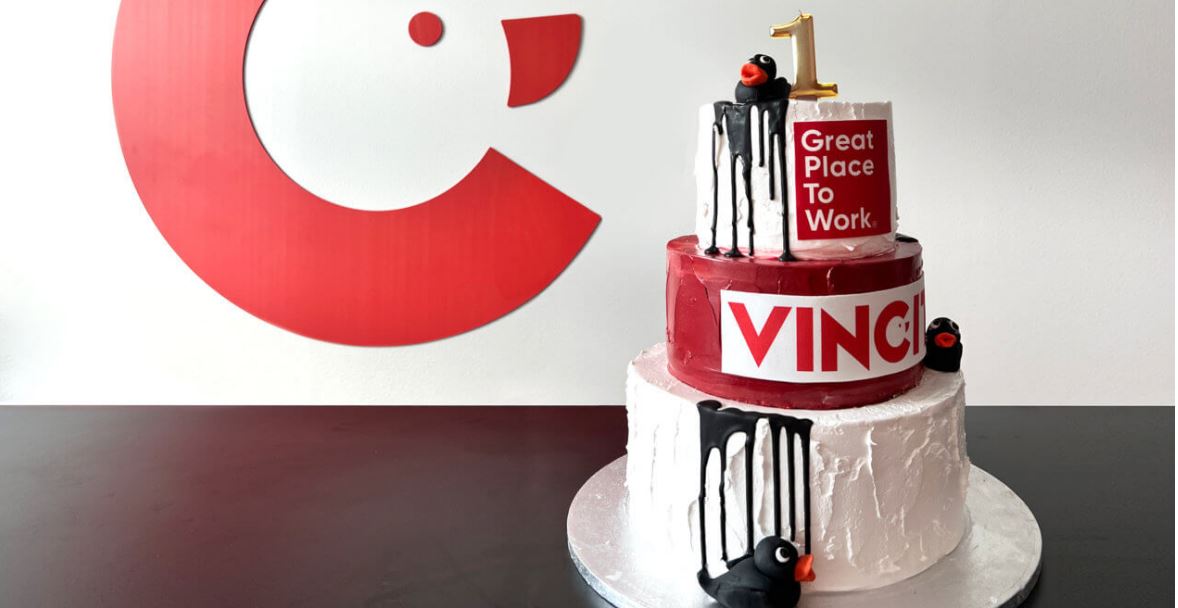
People & Culture
What makes us Finland's best workplace?
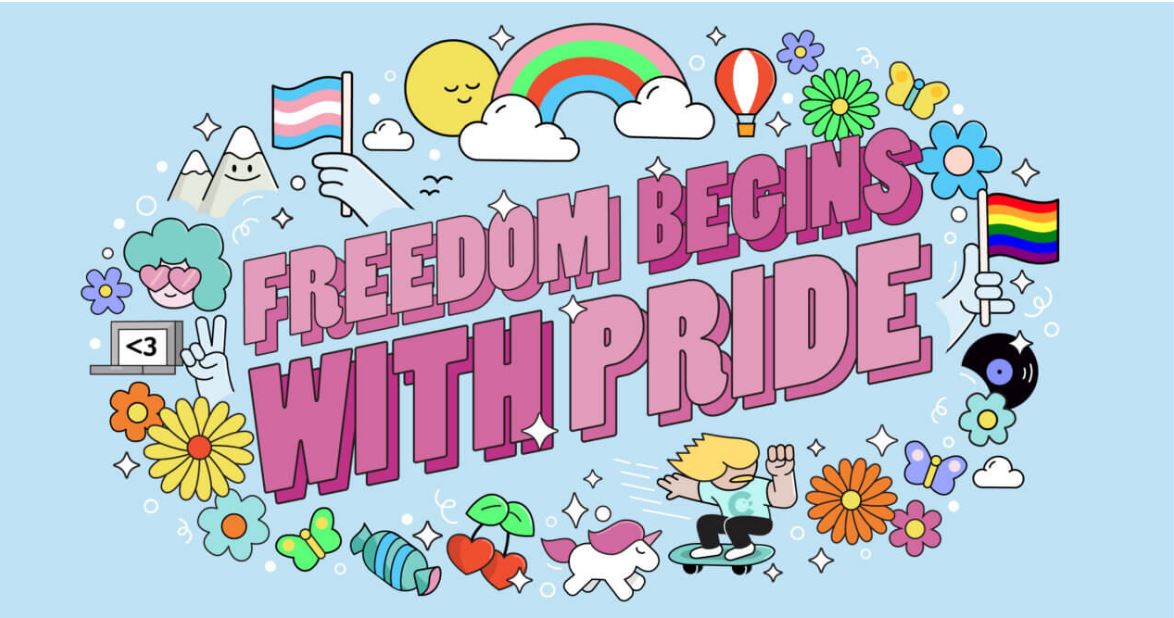
People & Culture
Celebrating Pride and promoting an inclusive work culture through learning and listening

People & Culture
Prepare not Panic: Managing Anxiety During a Difficult Time
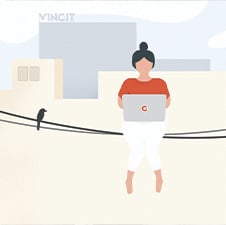
People & Culture
The Future of the Workplace: How to Thrive not just Survive
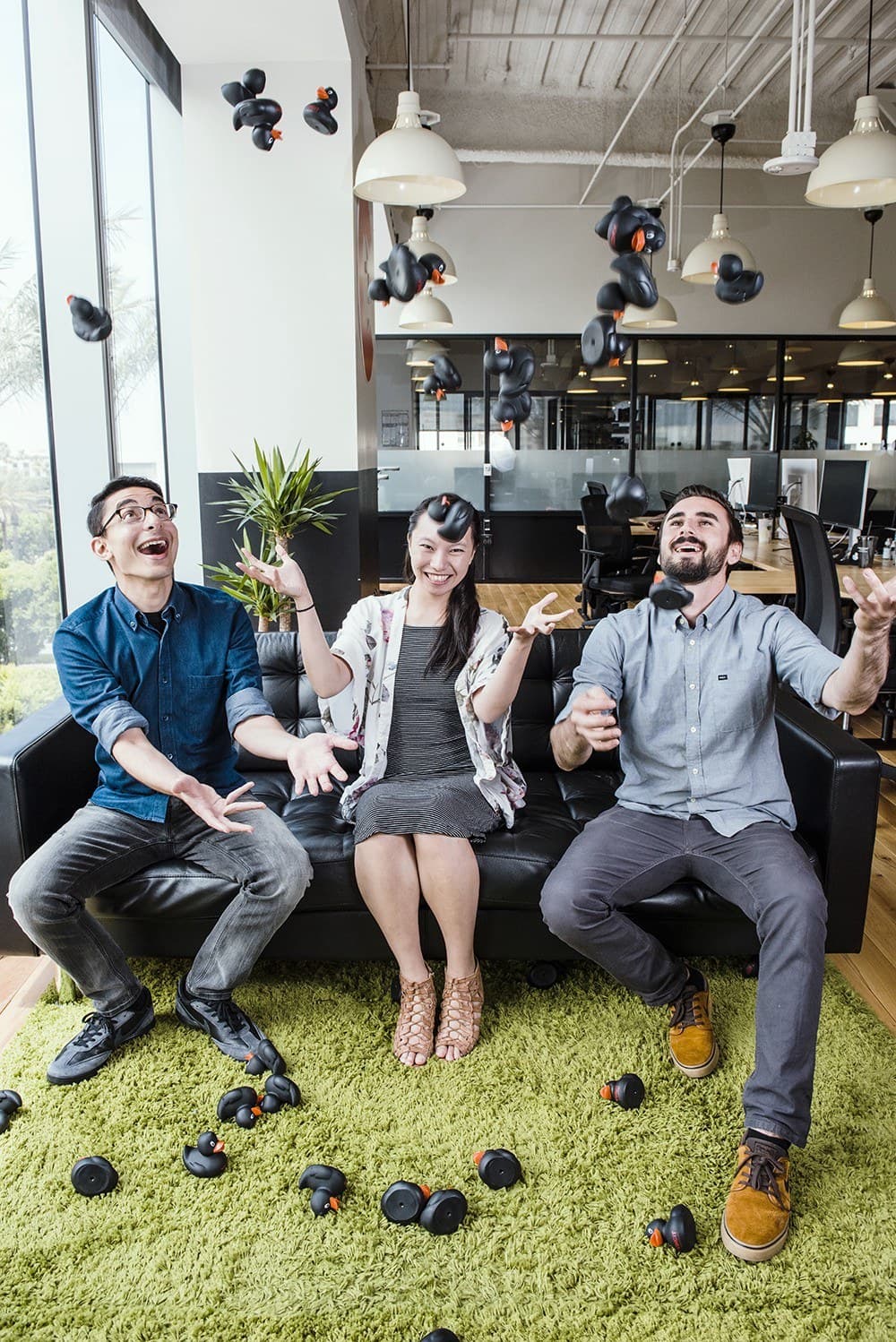
People & Culture
Strengthening Company Culture in 2021 & Beyond
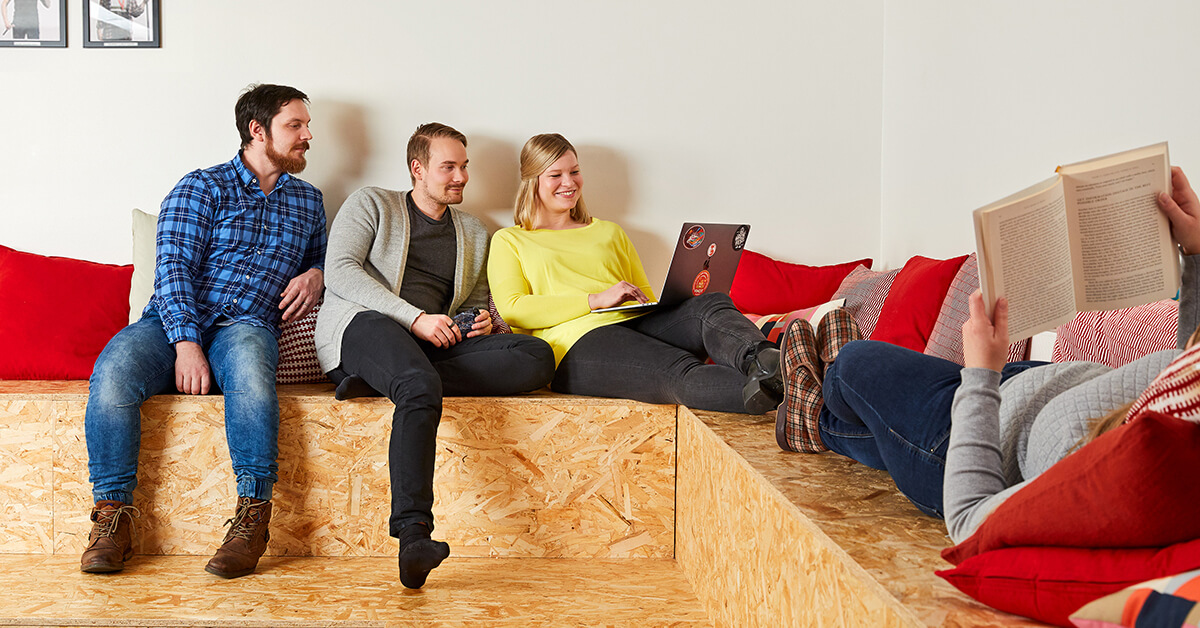
People & Culture
When the size of your salary is not a secret – here’s how Vincit’s open salary policy works
.jpg)
People & Culture
Our candidate-friendly recruitment process at Vincit

People & Culture
What makes Vincit stand out? My thoughts after 1 year of working in-house

Artificial Intelligence
People & Culture
Being human in the age of AI: A guide to thriving in the modern workplace

Artificial Intelligence
People & Culture
A conversation on being human in the age of AI

People & Culture
The necessary shift to an English-speaking workplace

People & Culture
The fun-loving bunch at Vincit

People & Culture
Better Mondays

People & Culture
The first steps to being a better ally in the workplace

People & Culture
Creating the best place to grow – Univincity 2.0

People & Culture
Vincit Communities - Vivid Microcultures

People & Culture
What does humane leadership mean in practice at Vincit?

People & Culture
Vincit Feel Good Camp – a journey into the unknown

People & Culture
Extraordinary things are created together – what we mean by Vincit’s new value

People & Culture
Ensuring parents’ peace of mind with a summer club for kids

People & Culture
Five tips for improving diversity at work

People & Culture
Leadership in a Time of Unprecedented Change

People & Culture
5 Ways to Keep Employees Motivated

People & Culture
Thoughts from a mom with two little ones – Flexibility and meaningfulness of work

People & Culture
Promoting a culture where everyone feels welcome and appreciated as themselves

People & Culture
What makes us Finland's best workplace?

People & Culture
Celebrating Pride and promoting an inclusive work culture through learning and listening

People & Culture
Prepare not Panic: Managing Anxiety During a Difficult Time

People & Culture
The Future of the Workplace: How to Thrive not just Survive

People & Culture
Strengthening Company Culture in 2021 & Beyond

People & Culture
When the size of your salary is not a secret – here’s how Vincit’s open salary policy works
Do you want to accomplish
great things together?
We Do.
Questions?